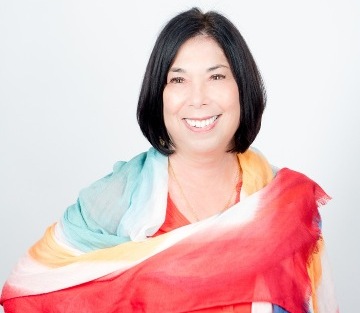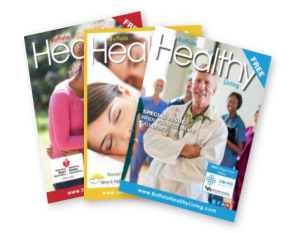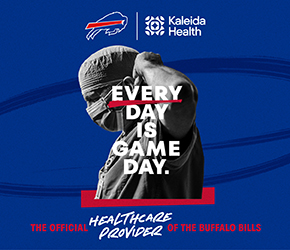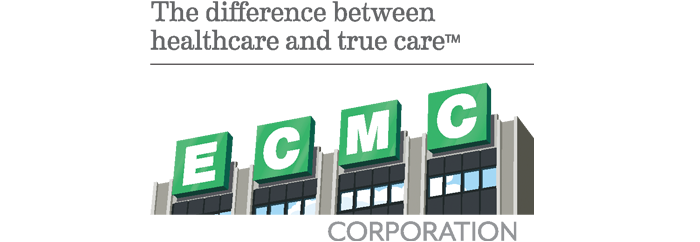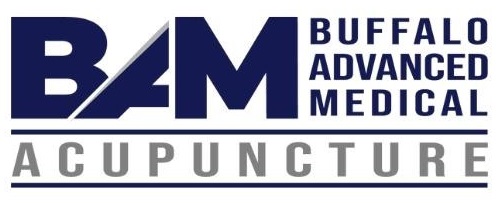A Silent Warning: The Breast Lump That Led to a Lifesaving Discovery
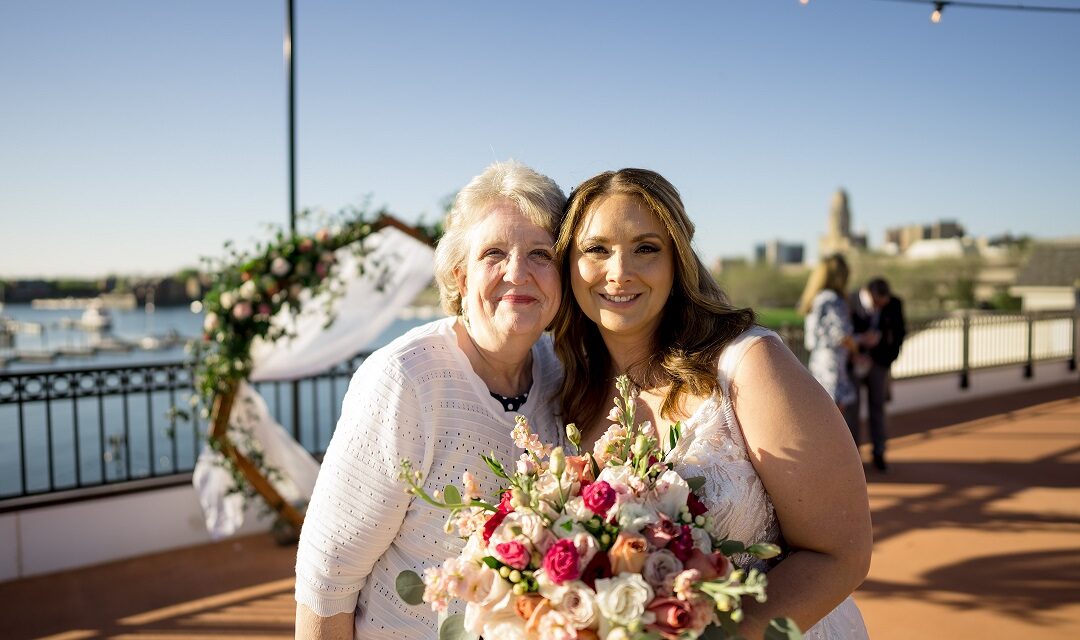
by Kimberlee Hickok, regional communications manager, Univera Healthcare
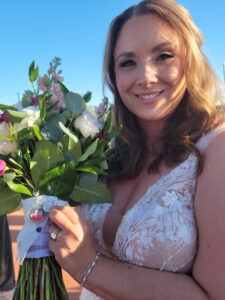 At 41, I was living the life I’d dreamed of—a new home, a fulfilling career, and days away from marrying the love of my life. The week before my wedding, I discovered a small, hard lump beneath the skin of my right breast. It was painless, the size of a pea, and tucked away just enough to go unnoticed—until it didn’t.
At 41, I was living the life I’d dreamed of—a new home, a fulfilling career, and days away from marrying the love of my life. The week before my wedding, I discovered a small, hard lump beneath the skin of my right breast. It was painless, the size of a pea, and tucked away just enough to go unnoticed—until it didn’t.
According to the American Cancer Society, a painless lump in the breast or underarm is one of the most common signs of breast cancer. Other symptoms may include swelling, thickening, or redness of the skin, changes in the nipple, discharge, or a persistent feeling of heaviness. But it’s the quiet ones—the ones that don’t hurt—that often speak the loudest. I was about to walk down the aisle. But I had to first walk into a doctor’s office.
Family History and Vigilance
Breast cancer runs in my family. My grandmother and aunt were both diagnosed, and my mother warned me early on that our family history increased my risk. In fact, about one in eight US women will develop breast cancer in their lifetime, according to the National Breast Cancer Foundation. Roughly 15% of those diagnosed have a family history. And for those who have a first-degree relative, such as a mother, sister, or daughter with breast cancer, the risk nearly doubles. Because of my family history, I asked for my first mammogram at 35. I did regular self-checks. I stayed vigilant.
Grief and Perspective
Months earlier, I lost my lifelong best friend to breast cancer. She should’ve been beside me at my wedding. Instead, I carried her photo on my bouquet. Her absence reminded me that health can change everything—even when life feels perfect. The American Cancer Society reports that the five-year survival rate is 99% when breast cancer is caught early and remains localized. I found the lump on Sunday. By Monday, I was in my OB-GYN’s office, then sent for a mammogram and ultrasound. I did not have cancer, but I did have precancerous cells, and underwent a lumpectomy two months later.
A Call to Action
I wonder what might’ve changed if my best friend had been given the chance to start treatment sooner. Since 1989, the breast cancer death rate has dropped 44%, thanks to earlier detection and better treatment. That’s an estimated 517,900 lives saved—each one someone’s mother, sister, friend, or daughter. Nearly 30% of Univera members aged 40–50 don’t get screened. Screening rates improve with age; however, early detection remains crucial. Breast cancer doesn’t knock—it just enters. Screenings allow us to act swiftly.
Know your risk. Do your self-checks. Check with your insurance plan on coverage for screenings, preventive care, and wellness visits. Speak up when something feels wrong. Encourage your loved ones to do the same. Remember, early detection saves lives. Yours is worth fighting for.



